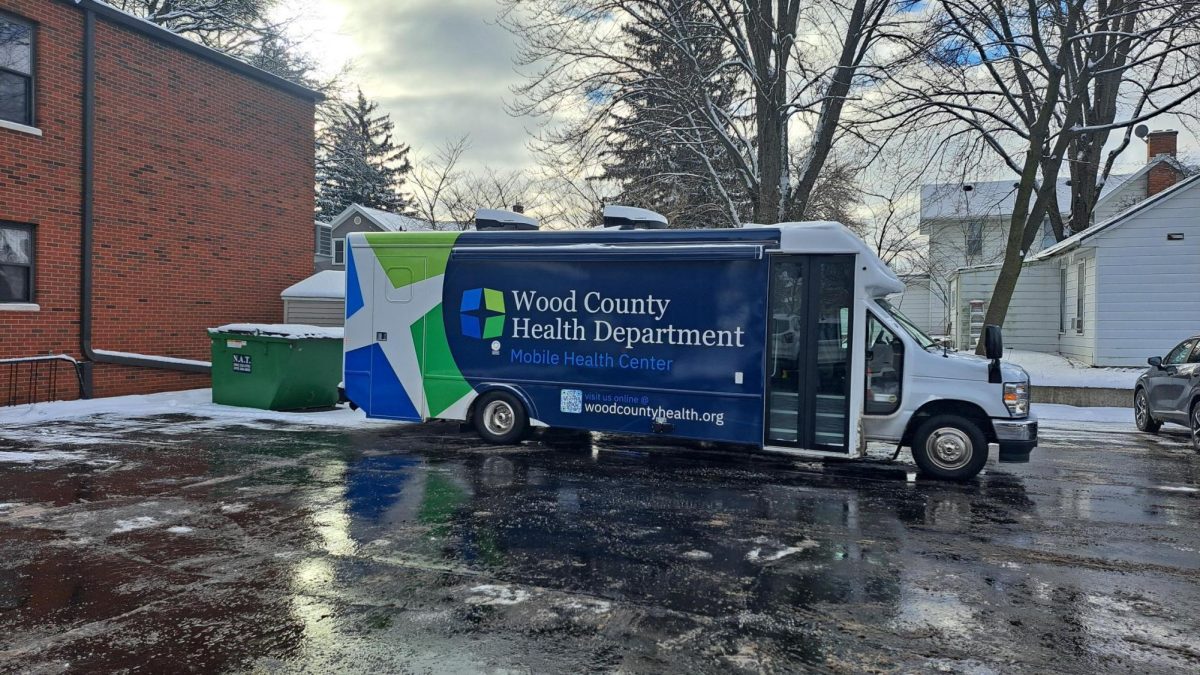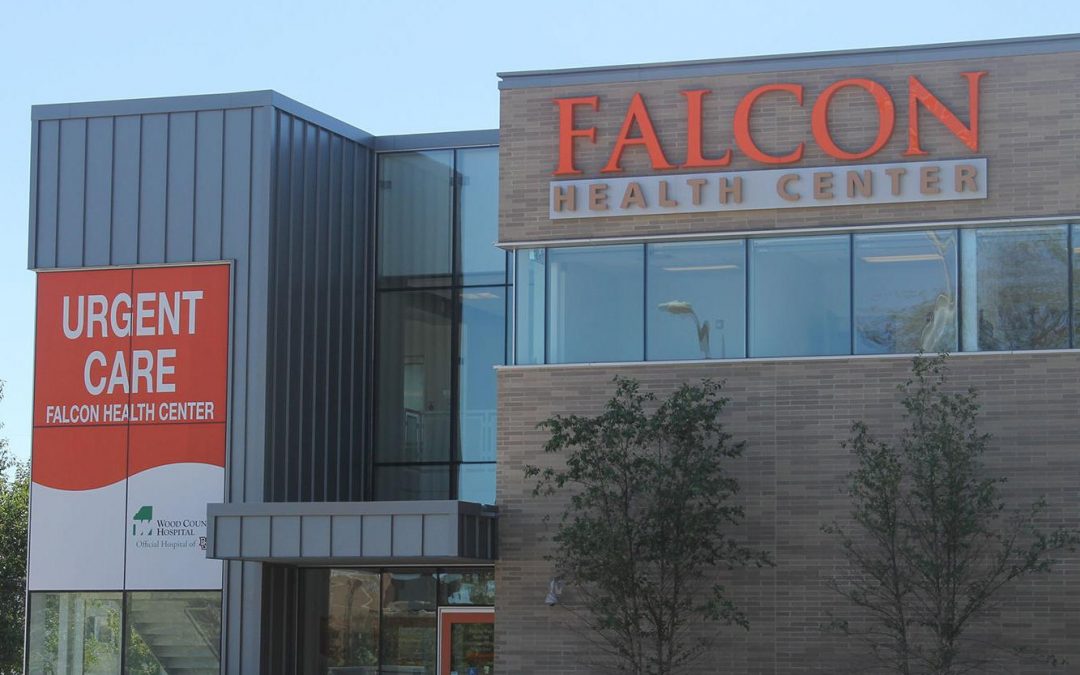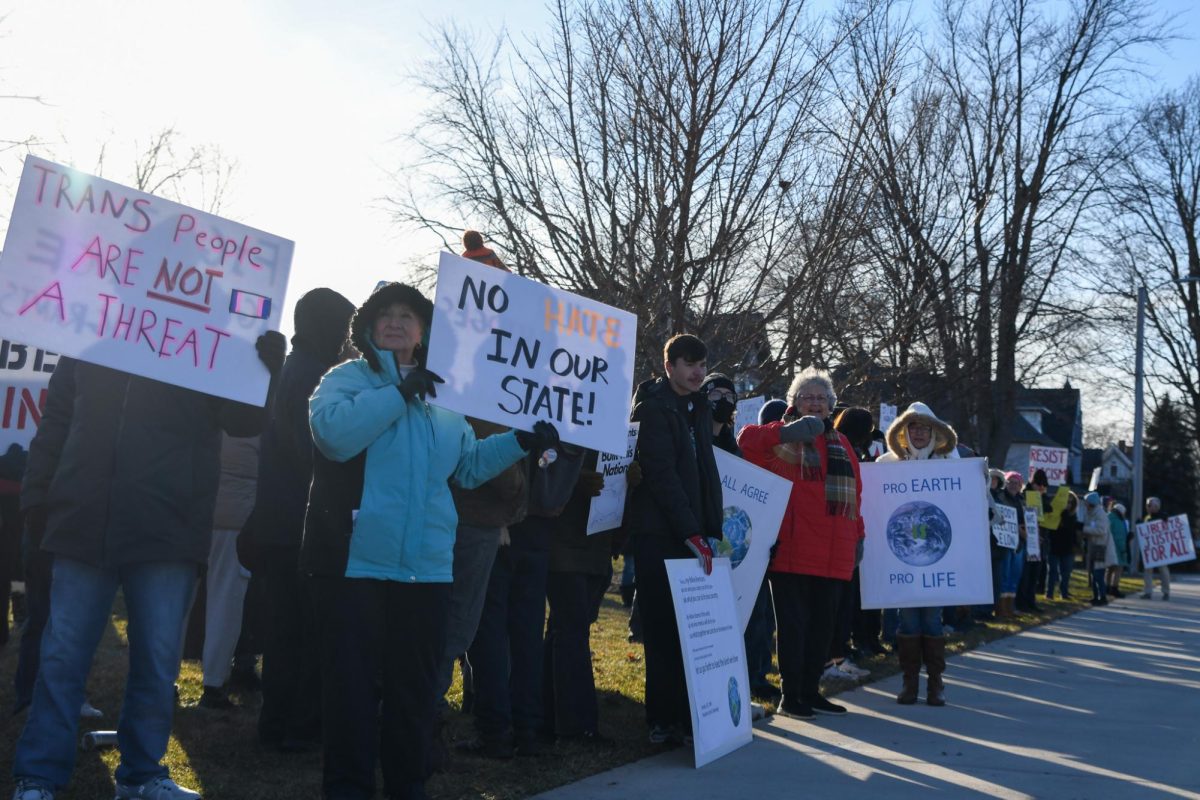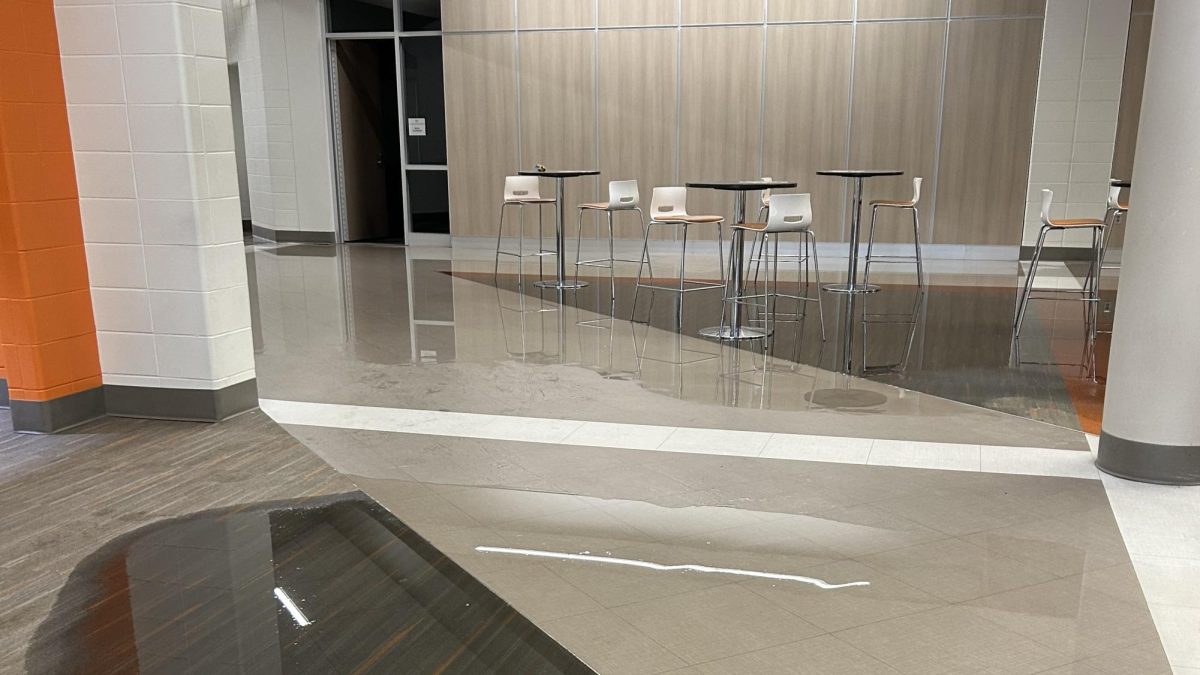Bowling Green’s 20 MW solar panel field is making progress, and even with various challenges the field powered out 19.6 MW just recently, as reported by Mayor Richard Edwards at city council Monday.
The goal of last year was to get the field producing up to 20 MW, and it hasn’t made it there yet, but city Utilities Director Brian O’Connell said it will soon.
“It will get to 20 MW, but with solar you don’t get a guaranteed 20 MW every day,” the utility director said. “We’re kind of at the mercy of whatever nature decides to give us.”
Weather affects just about every renewable energy source; especially solar. On cloudy days, the solar field can produce as little as 5 MW, O’Connell said.
Night time is also a challenge for solar since there’s no incoming sunlight. Battery technology for renewable sources is still developing, and right now it’s not capable of storing large amounts of energy for long periods of time yet.
Despite the challenges, O’Connell said solar is paying off and it’s really contributing to Bowling Green’s economy.
“The project is worth it right now. We expect, in time, there will be no increase in our power supply costs,” he said.
And the power coming from the solar panels is already commercial, O’Connell said.
The solar energy is going to be especially useful in the summer, when there’s a lot of sunlight and many people cranking on their air conditioning units, he said.
Bowling Green is making its way to become a more sustainable city, but in 2018 it’s still projected to get 51 percent of its energy from coal because of a contract with Prairie State.
In contrast, energy from AMP Solar, the company owning Bowling Green’s solar field, has been contracted and set up to make up about 5 percent of the city’s energy in 2018, according to Bowling Green Solar Project documents.
That may look like a small amount of energy, but the goal for the future is to get Bowling Green’s energy from renewable sources up to 38 percent, Assistant Utilities Director Daril Stockburger said.
The city can get to that point, but if it plans to get get past 50 percent, then its contract with Prairie State is going to have to run its course. The contract with the coal company has been in place with the city since mid-2000, O’Connell said.
The city’s contract with Prairie State actually began in 2007, and it has received plenty of criticism from Bowling Green residents over the previous years because of how expensive it was, and because of the long-term commitment required with the company.
The contract was set for 50 years, according to Ohio Citizen Action’s website. It’s then projected to end in 2057.













